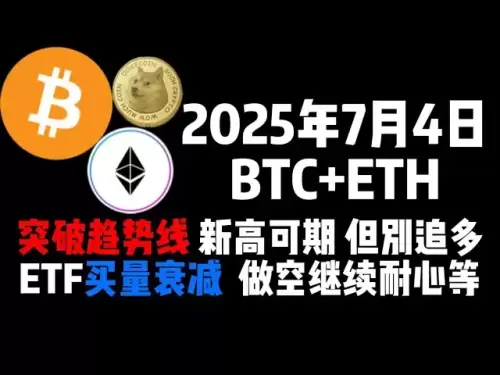-
 Bitcoin
Bitcoin $108,043.3894
-1.71% -
 Ethereum
Ethereum $2,519.1878
-3.09% -
 Tether USDt
Tether USDt $1.0004
-0.01% -
 XRP
XRP $2.2231
-2.72% -
 BNB
BNB $655.3607
-1.06% -
 Solana
Solana $148.3620
-2.84% -
 USDC
USDC $1.0000
0.00% -
 TRON
TRON $0.2838
-0.37% -
 Dogecoin
Dogecoin $0.1648
-4.79% -
 Cardano
Cardano $0.5759
-3.97% -
 Hyperliquid
Hyperliquid $38.4598
-5.19% -
 Sui
Sui $2.9005
-4.22% -
 Bitcoin Cash
Bitcoin Cash $481.1531
-3.80% -
 Chainlink
Chainlink $13.1936
-4.50% -
 UNUS SED LEO
UNUS SED LEO $9.0471
0.41% -
 Avalanche
Avalanche $17.9444
-4.20% -
 Stellar
Stellar $0.2378
-2.60% -
 Toncoin
Toncoin $2.7850
-3.38% -
 Shiba Inu
Shiba Inu $0.0...01148
-3.75% -
 Litecoin
Litecoin $87.3159
-3.73% -
 Hedera
Hedera $0.1557
-3.02% -
 Monero
Monero $314.0980
-1.98% -
 Polkadot
Polkadot $3.3909
-5.10% -
 Dai
Dai $1.0001
0.00% -
 Ethena USDe
Ethena USDe $1.0002
-0.02% -
 Bitget Token
Bitget Token $4.4147
-3.74% -
 Uniswap
Uniswap $6.9933
-9.59% -
 Pepe
Pepe $0.0...09661
-6.72% -
 Aave
Aave $264.1417
-6.16% -
 Pi
Pi $0.4705
-5.23%
Why are Uniswap's trading fees so high?
Uniswap's high trading fees are due to Ethereum gas costs, trading volume, market dynamics, and the need to incentivize liquidity providers.
Apr 09, 2025 at 12:15 am
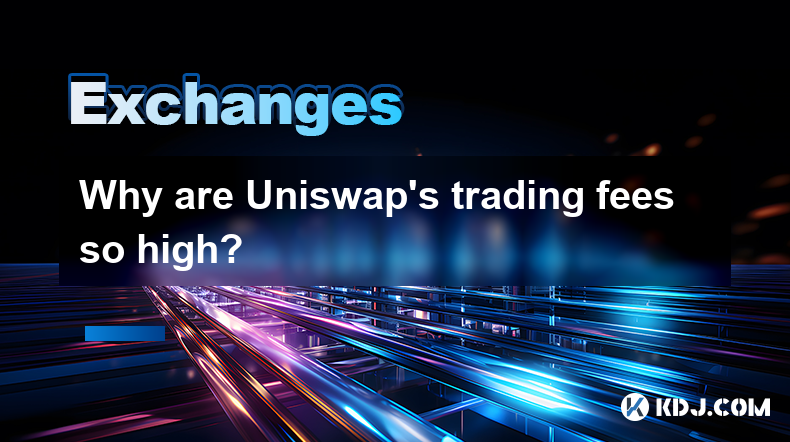
Uniswap, one of the leading decentralized exchanges (DEXs) in the cryptocurrency ecosystem, has garnered significant attention due to its high trading fees. Understanding why these fees are so high involves delving into several key aspects of Uniswap's operations and the broader DeFi landscape. Let's explore the reasons behind Uniswap's high trading fees in detail.
The Basics of Uniswap's Fee Structure
Uniswap operates on a decentralized platform, which means it does not rely on a central authority to facilitate trades. Instead, it uses smart contracts on the Ethereum blockchain to enable peer-to-peer trading. The current fee structure on Uniswap is set at 0.3% for most trading pairs, with some pools having a fee of 0.05% or 1%. These fees are distributed to liquidity providers as a reward for supplying assets to the pools.
The Role of Liquidity Providers
Liquidity providers (LPs) are crucial to Uniswap's ecosystem. They deposit their assets into liquidity pools, which are used to facilitate trades. In return, LPs receive a portion of the trading fees generated by the pool. The higher the trading volume, the more fees LPs can earn. This incentivizes more people to become LPs, which in turn increases the liquidity of the platform.
The Impact of Ethereum Gas Fees
One of the primary reasons for high trading fees on Uniswap is the cost of Ethereum gas fees. Every transaction on Uniswap requires gas to execute the smart contract on the Ethereum blockchain. Gas fees are paid in ETH and can fluctuate significantly based on network congestion. During periods of high demand, gas fees can soar, making trades on Uniswap more expensive.
The Effect of Trading Volume
Uniswap's trading volume plays a significant role in determining the overall cost of trading. High trading volumes can lead to increased gas fees due to network congestion. When many users are trying to execute trades simultaneously, the demand for block space on the Ethereum network increases, driving up gas prices. This, in turn, increases the cost of trading on Uniswap.
The Influence of Market Dynamics
Market dynamics also contribute to the high fees on Uniswap. During periods of high volatility or significant market events, trading volumes can spike, leading to higher gas fees. Additionally, the demand for certain tokens can increase, causing more users to interact with specific liquidity pools, which can further drive up costs.
The Role of Slippage
Slippage is another factor that can contribute to the perceived high cost of trading on Uniswap. Slippage occurs when the price of a token changes between the time a trade is initiated and when it is executed. In highly volatile markets, slippage can be significant, leading to higher costs for traders. Uniswap's automated market maker (AMM) model can exacerbate slippage, especially in pools with lower liquidity.
The Impact of Impermanent Loss
Impermanent loss is a risk that liquidity providers face on Uniswap. It occurs when the price of the tokens in a liquidity pool changes after they have been deposited. If the price change is significant, LPs may end up with less value than if they had simply held their assets. To mitigate this risk, LPs may demand higher fees, which can contribute to the overall cost of trading on Uniswap.
The Role of Uniswap's Governance
Uniswap's governance model also plays a role in determining its fee structure. The Uniswap community can vote on proposals to change the fee structure. However, changes to the fee structure are not frequent, and the current fees have been set to balance the needs of traders and liquidity providers. Any changes to the fee structure would need to be carefully considered to ensure they do not negatively impact the platform's liquidity and overall functionality.
The Comparison with Centralized Exchanges
When comparing Uniswap's fees to those of centralized exchanges (CEXs), it's important to consider the different operational models. CEXs often have lower trading fees because they do not incur the same gas costs as DEXs. However, CEXs require users to trust a central authority with their funds, whereas Uniswap offers a trustless, decentralized alternative. The trade-off for this decentralization is often higher fees.
The Impact of Layer 2 Solutions
Layer 2 solutions, such as Optimism and Arbitrum, have been developed to help reduce the cost of transactions on Ethereum. These solutions aim to process transactions off the main Ethereum chain, reducing gas fees. While Uniswap has started to integrate with some Layer 2 solutions, the adoption and impact of these technologies are still evolving. As more users and liquidity providers move to Layer 2, the overall cost of trading on Uniswap could potentially decrease.
The Role of Uniswap V3
Uniswap V3 introduced several new features aimed at improving the platform's efficiency and reducing costs. One of the key features is the ability for LPs to concentrate their liquidity within specific price ranges. This can lead to more efficient use of capital and potentially lower fees for traders. However, the complexity of managing liquidity in this way may deter some LPs, which could impact overall liquidity and fees.
The Impact of Competition
Competition within the DeFi space can also influence Uniswap's fees. Other DEXs, such as SushiSwap and PancakeSwap, offer similar services with different fee structures. This competition can pressure Uniswap to adjust its fees to remain competitive. However, any changes must be carefully balanced to ensure they do not negatively impact the platform's liquidity and overall functionality.
Frequently Asked Questions
Q: Can I reduce the trading fees on Uniswap?
A: While you cannot directly reduce the trading fees set by Uniswap, you can take steps to minimize the overall cost of trading. One way to do this is by trading during periods of lower network congestion, which can help reduce gas fees. Additionally, using Layer 2 solutions when available can also help lower costs.
Q: How do Uniswap's fees compare to other DEXs?
A: Uniswap's fees are competitive within the DEX space, but they can vary depending on the specific platform and trading pair. For example, SushiSwap and PancakeSwap have similar fee structures, but the actual cost of trading can differ due to factors like liquidity and gas fees. It's important to compare the total cost of trading, including gas fees, when evaluating different DEXs.
Q: What is the impact of Uniswap's high fees on liquidity providers?
A: High fees on Uniswap can be beneficial for liquidity providers, as they receive a larger share of the trading fees. However, high fees can also deter traders, which may reduce trading volume and, consequently, the fees earned by LPs. Additionally, the risk of impermanent loss can influence LPs' decisions and the overall liquidity of the platform.
Q: Are there any upcoming changes to Uniswap's fee structure?
A: Any changes to Uniswap's fee structure would need to be proposed and voted on by the Uniswap community. While there are no specific upcoming changes announced, the community continuously evaluates the platform's performance and may propose adjustments to the fee structure in the future.
Disclaimer:info@kdj.com
The information provided is not trading advice. kdj.com does not assume any responsibility for any investments made based on the information provided in this article. Cryptocurrencies are highly volatile and it is highly recommended that you invest with caution after thorough research!
If you believe that the content used on this website infringes your copyright, please contact us immediately (info@kdj.com) and we will delete it promptly.
- Bitcoin's Pattern Break: Are HODLers the Key to the Next Surge?
- 2025-07-04 18:50:12
- Bitcoin Price, Trump's Bill, and the $150K Dream: A NYC Take
- 2025-07-04 19:50:12
- Ethereum, LILPEPE, and the July Bounce: Will Pepe Steal ETH's Thunder?
- 2025-07-04 19:10:12
- Binance Institutional Loans: Unlocking 4x Leverage and Zero Interest for Whales
- 2025-07-04 19:15:12
- Bitcoin Bull Run: Analysts Eye Peak in Late 2025?
- 2025-07-04 19:20:13
- Pepe Indicators, Bullish Forecast: Can the Meme Coin Rally?
- 2025-07-04 19:25:12
Related knowledge
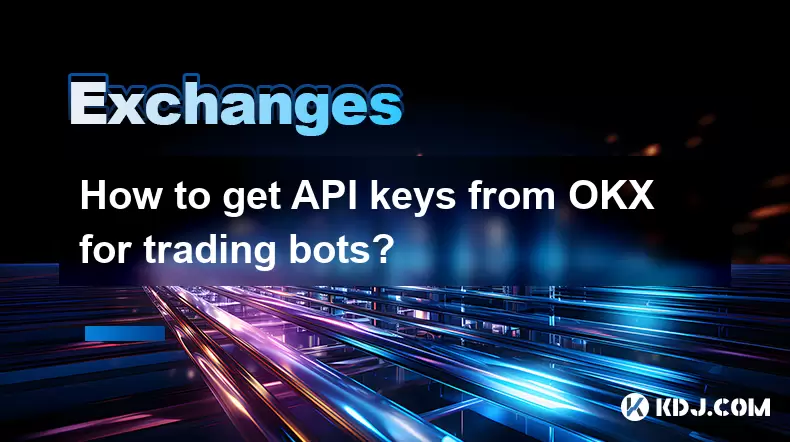
How to get API keys from OKX for trading bots?
Jul 03,2025 at 07:07am
Understanding API Keys on OKXTo interact with the OKX exchange programmatically, especially for building or running trading bots, you need to obtain an API key. An API (Application Programming Interface) key acts as a secure token that allows your bot to communicate with the exchange's servers. On OKX, these keys come with customizable permissions such ...
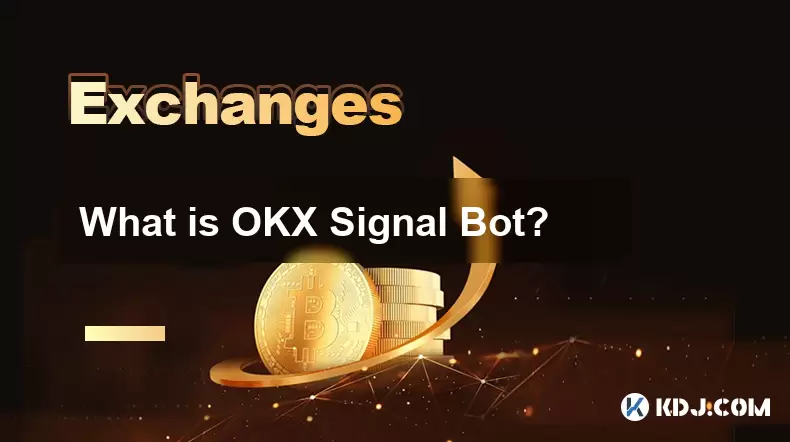
What is OKX Signal Bot?
Jul 02,2025 at 11:01pm
Understanding the Basics of OKX Signal BotThe OKX Signal Bot is a feature within the OKX ecosystem that provides users with automated trading signals and execution capabilities. Designed for both novice and experienced traders, this bot helps identify potential trading opportunities by analyzing market trends, technical indicators, and historical data. ...
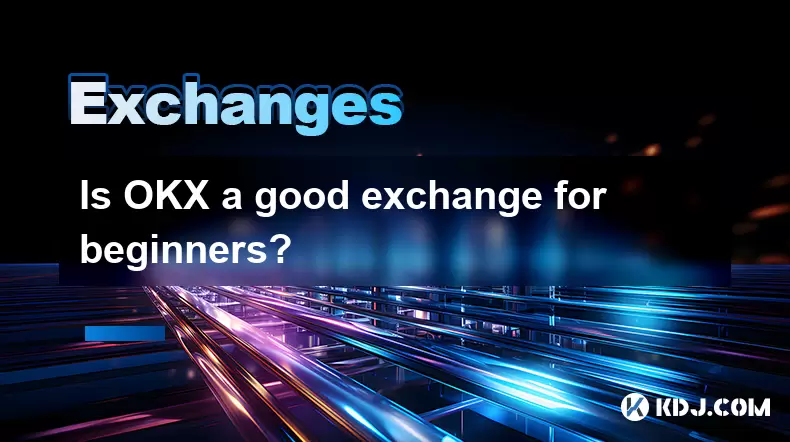
Is OKX a good exchange for beginners?
Jul 03,2025 at 05:00pm
What Is OKX and Why Is It Popular?OKX is one of the leading cryptocurrency exchanges globally, known for its robust trading infrastructure and a wide variety of digital assets available for trading. It supports over 300 cryptocurrencies, including major ones like Bitcoin (BTC), Ethereum (ETH), and Solana (SOL). The platform has gained popularity not onl...
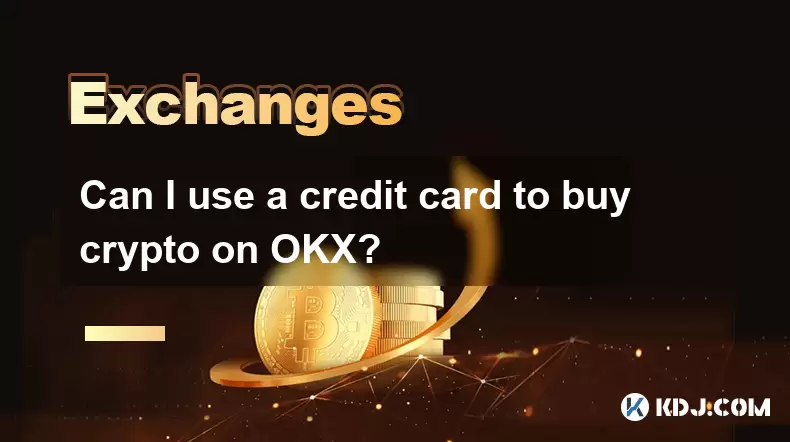
Can I use a credit card to buy crypto on OKX?
Jul 04,2025 at 04:28am
Understanding OKX and Credit Card PaymentsOKX is one of the leading cryptocurrency exchanges globally, offering a wide range of services including spot trading, derivatives, staking, and more. Users often wonder whether they can use a credit card to buy crypto on OKX, especially if they are new to the platform or looking for quick ways to enter the mark...
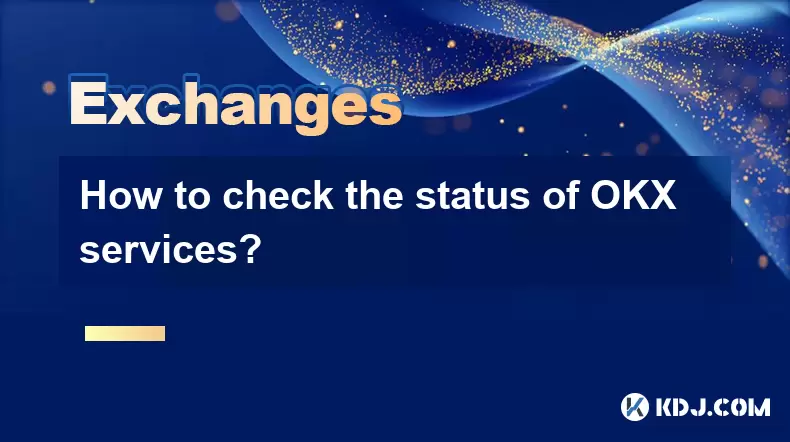
How to check the status of OKX services?
Jul 02,2025 at 11:14pm
What is OKX, and Why Checking Service Status Matters?OKX is one of the world’s leading cryptocurrency exchanges, offering services such as spot trading, futures trading, staking, and more. With millions of users relying on its platform for daily transactions, it's crucial to know how to check the status of OKX services. Downtime or maintenance can affec...
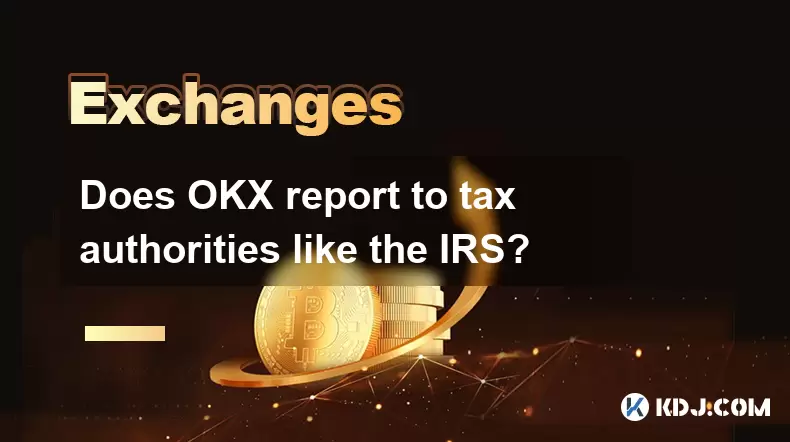
Does OKX report to tax authorities like the IRS?
Jul 03,2025 at 03:14pm
Understanding the Role of Cryptocurrency Exchanges in Tax ReportingCryptocurrency exchanges play a crucial role in facilitating digital asset transactions, but their responsibilities extend beyond trading and custody. As regulatory scrutiny intensifies globally, users are increasingly concerned about whether platforms like OKX report to tax authorities ...

How to get API keys from OKX for trading bots?
Jul 03,2025 at 07:07am
Understanding API Keys on OKXTo interact with the OKX exchange programmatically, especially for building or running trading bots, you need to obtain an API key. An API (Application Programming Interface) key acts as a secure token that allows your bot to communicate with the exchange's servers. On OKX, these keys come with customizable permissions such ...

What is OKX Signal Bot?
Jul 02,2025 at 11:01pm
Understanding the Basics of OKX Signal BotThe OKX Signal Bot is a feature within the OKX ecosystem that provides users with automated trading signals and execution capabilities. Designed for both novice and experienced traders, this bot helps identify potential trading opportunities by analyzing market trends, technical indicators, and historical data. ...

Is OKX a good exchange for beginners?
Jul 03,2025 at 05:00pm
What Is OKX and Why Is It Popular?OKX is one of the leading cryptocurrency exchanges globally, known for its robust trading infrastructure and a wide variety of digital assets available for trading. It supports over 300 cryptocurrencies, including major ones like Bitcoin (BTC), Ethereum (ETH), and Solana (SOL). The platform has gained popularity not onl...

Can I use a credit card to buy crypto on OKX?
Jul 04,2025 at 04:28am
Understanding OKX and Credit Card PaymentsOKX is one of the leading cryptocurrency exchanges globally, offering a wide range of services including spot trading, derivatives, staking, and more. Users often wonder whether they can use a credit card to buy crypto on OKX, especially if they are new to the platform or looking for quick ways to enter the mark...

How to check the status of OKX services?
Jul 02,2025 at 11:14pm
What is OKX, and Why Checking Service Status Matters?OKX is one of the world’s leading cryptocurrency exchanges, offering services such as spot trading, futures trading, staking, and more. With millions of users relying on its platform for daily transactions, it's crucial to know how to check the status of OKX services. Downtime or maintenance can affec...

Does OKX report to tax authorities like the IRS?
Jul 03,2025 at 03:14pm
Understanding the Role of Cryptocurrency Exchanges in Tax ReportingCryptocurrency exchanges play a crucial role in facilitating digital asset transactions, but their responsibilities extend beyond trading and custody. As regulatory scrutiny intensifies globally, users are increasingly concerned about whether platforms like OKX report to tax authorities ...
See all articles

























